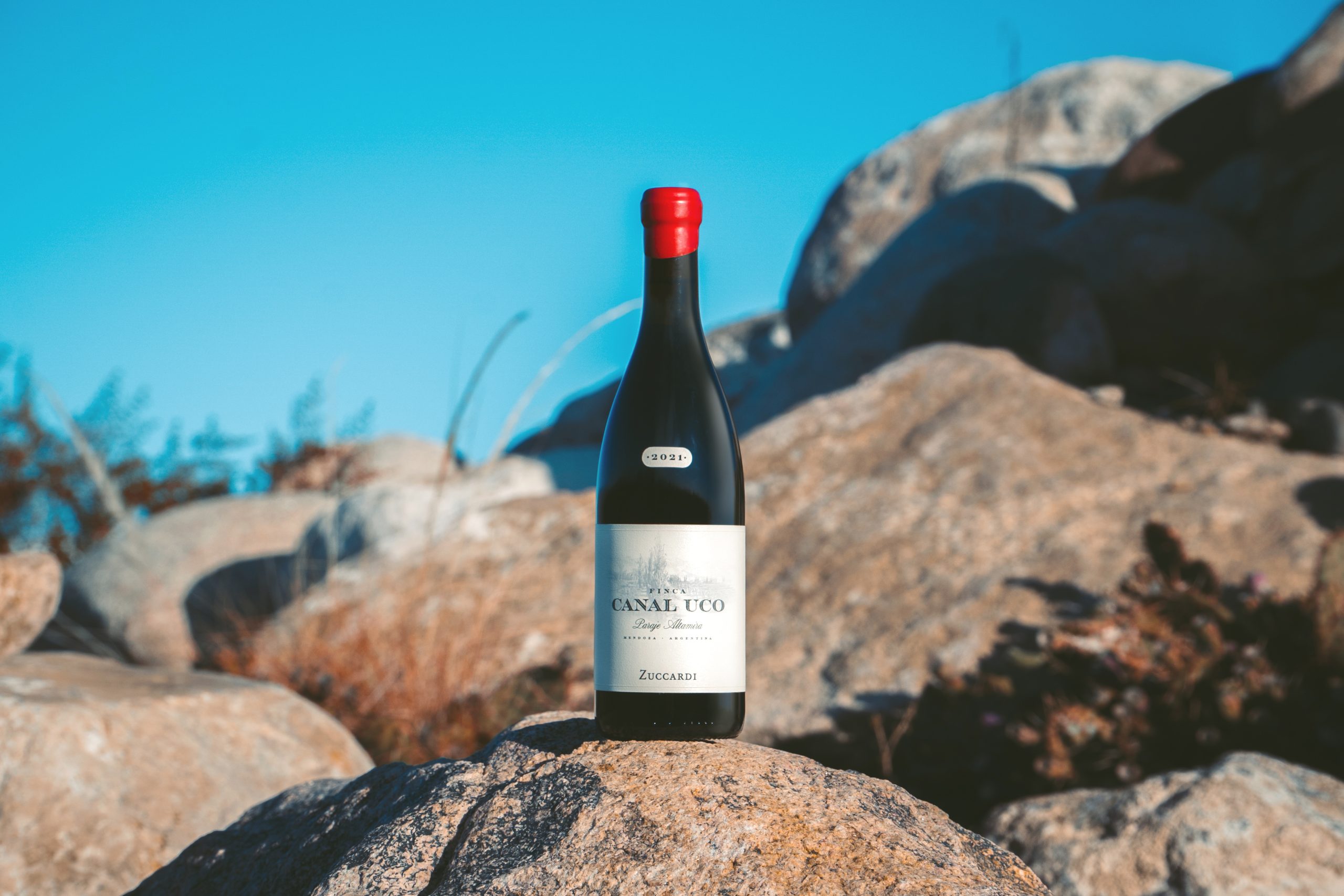Bordeaux 2018: Struggling to find a place?
As the physical release of the 2018 Bordeaux draws nearer, just three of the wines from 47 key estates that released their wines en primeur in June 2019 have seen their prices increase. Is the vintage struggling to find a place in the market?
According to Liv-ex’s data, of the 47 châteaux that released prices for their wines last summer that are listed in its Bordeaux 500 index (which tracks the last 10 vintages of 50 leading estates), just three have seen their price trend upwards since.
The rest have either not moved in price at all or have drifted to some degree, the most severe being -10%.
As Liv-ex briefly sketched out in a refresher and as the drinks business reportedly extensively at the time, the 2018 en primeur campaign was a “perplexing” one.
With the 2016 vintage considered great but with an occasionally frustrating en primeur, 2017 yielding some good wines but ending up a car crash campaign that was wildly misjudged, into the breach stepped the much lauded 2018s last summer.
The initial critical reaction, at least from some headline critics, was extremely positive. Some estates received their ‘best scores’ ever, the notes were full of boundless enthusiasm and platitudes that immediately elevated the vintage to the same pedestal as 2016.
Encouraged (which would be one word for it) the prices from many châteaux were stunningly ambitious. Of the 47 estates in question here, 43 of them raised their prices by an average of 17.9% on the 2017s. The only ones that lowered their prices were Sauternes.
But alongside the prices, doubts were starting to creep in about the wines. Rot had been a problem, alcohol levels were high (could they be unbalanced?) and volumes released were small.
The result was a stunningly bloodless campaign. As db wrote at the time, the whole campaign unspooled like it was just going through the motions. The apathy was deafening.
Wines did sell and some were well-judged and picked up on as a result but the distinct lack of excitement, energy or enthusiasm was a real disappointment.
The hype had been amped up but no one seemed to have bought into it really.
This uncanny sense that all was not quite right with the 2018s was then driven home by Neal Martin a few months later. Unable to attend the spring tastings for health reasons he tried the 2018 wines some six months later and his scores and report were like pouring a large ewer of stone cold water down the back of the 2018’s collective shirt.
Although the wines had been priced as if they belonged in the same pantheon as 2005, 2009, 2010 and 2016, on further reflection while Martin picked out a few wines he thought truly great, it was clear he was not entirely convinced by the vintage.
Partner Content
Good to excellent in quality he nonetheless concluded that 2018, “does not demonstrate the consistency of 2005 or 2016, and it lacks the pinnacles that mark 2010 and 2016.”
Since release the 2018s seem to have found themselves stuck in something of a limbo and their market performance appears to reflect that.
The three that have seen positive movement are: Lafite, Calon Ségur and Vieux Château Certan.
Lafite was praised fairly uniformly by the critics, Martin said it might even end up “challenging the 2016”. Released at £6,000 per dozen it has risen 16% since release and today has a market price of £6,960. The estate also recently announced the 2018 would be released with a special label to mark the 150th anniversary of the property by the Rothschild dynasty.
Calon Ségur is up 3.4% meanwhile and VCC 2.7%, both estates that were seen as having offered something credible and attractive on release.
Otherwise, that’s your lot. Beychevelle and Pontet Canet haven’t moved at all since release which is better than nothing perhaps but many others have declined in price including big first growth names.
Grand-Puy-Lacoste has seen the biggest decline, down 10.7% since release but Mouton Rothschild has declined 9%, Cheval Blanc 8.9% and Margaux 8.1%.
It may be that the 2018s are going through something of a rough patch pre-release which will be, at least in part, rectified by future in-bottle assessments.This will take time, however, and rather raises the question of where the 2018s do sit in relation to other vintages.
Current prices, in many cases, are clearly too expensive for some to stomach so further declines are almost a certainty but to what level? And what about all that stock over-hang, the curse of modern releases?
The 2018s seemed destined to wallow in a mire of uncertainty for a good while to come, offering few crumbs of comfort for their out-of-pocket owners.




